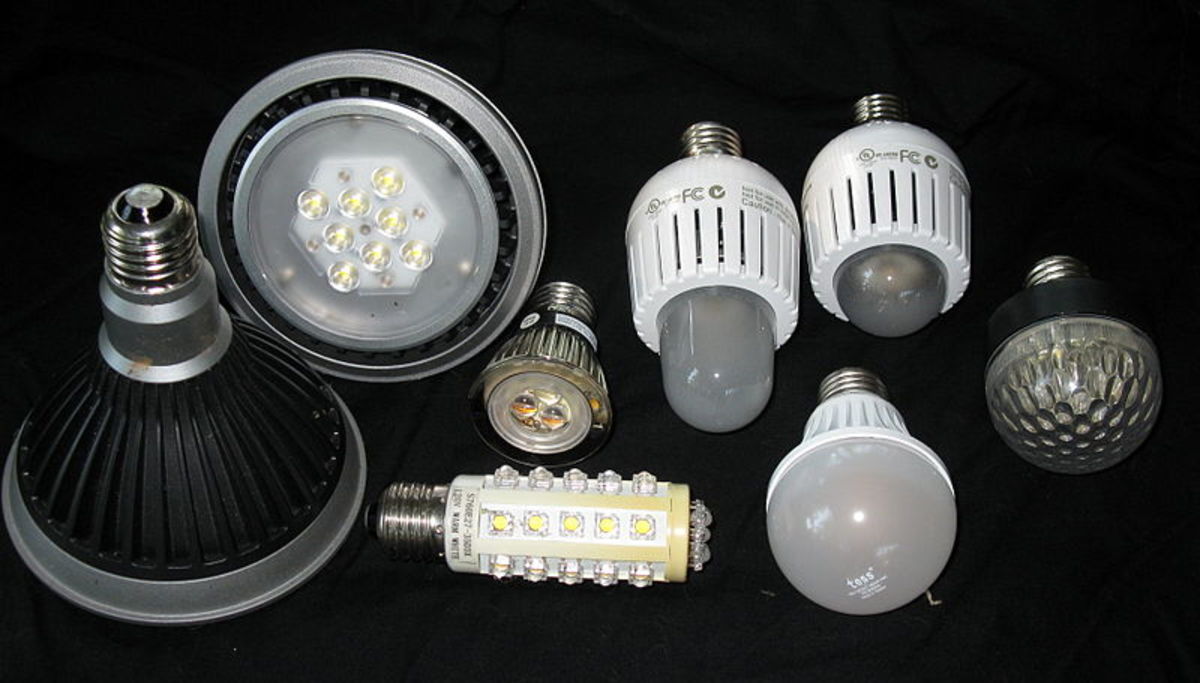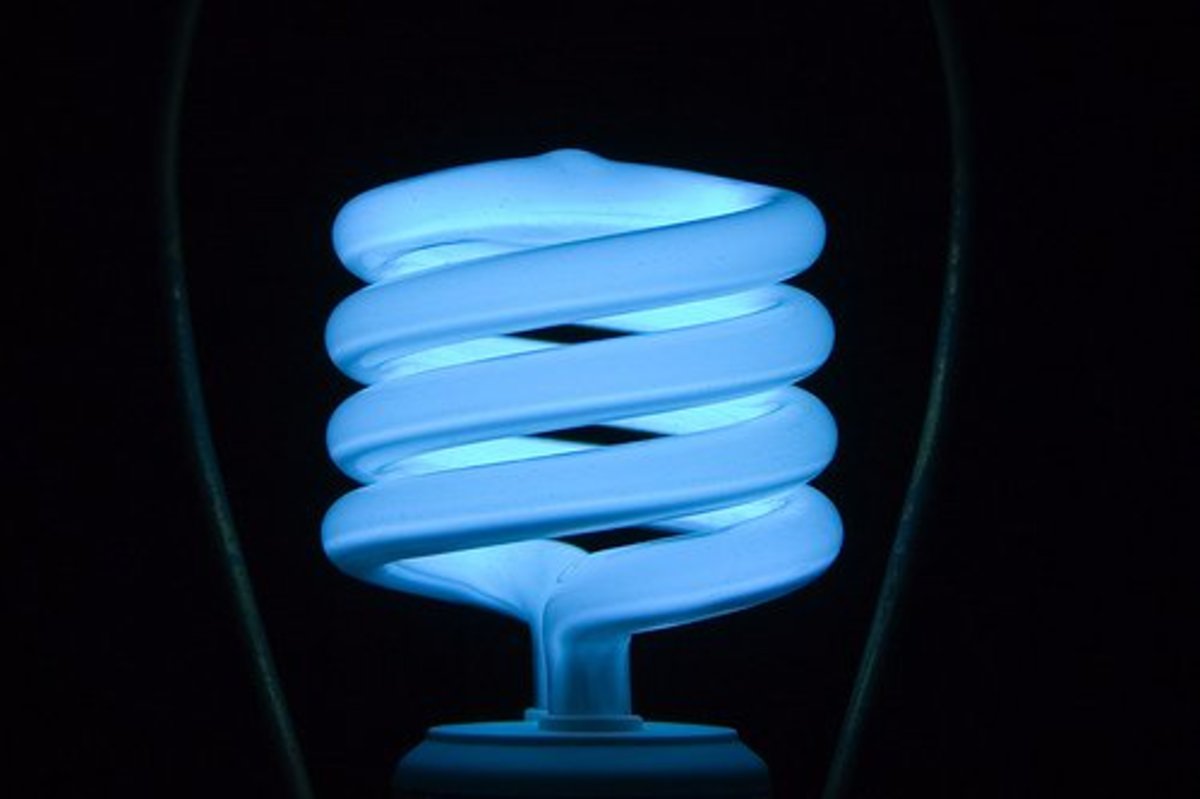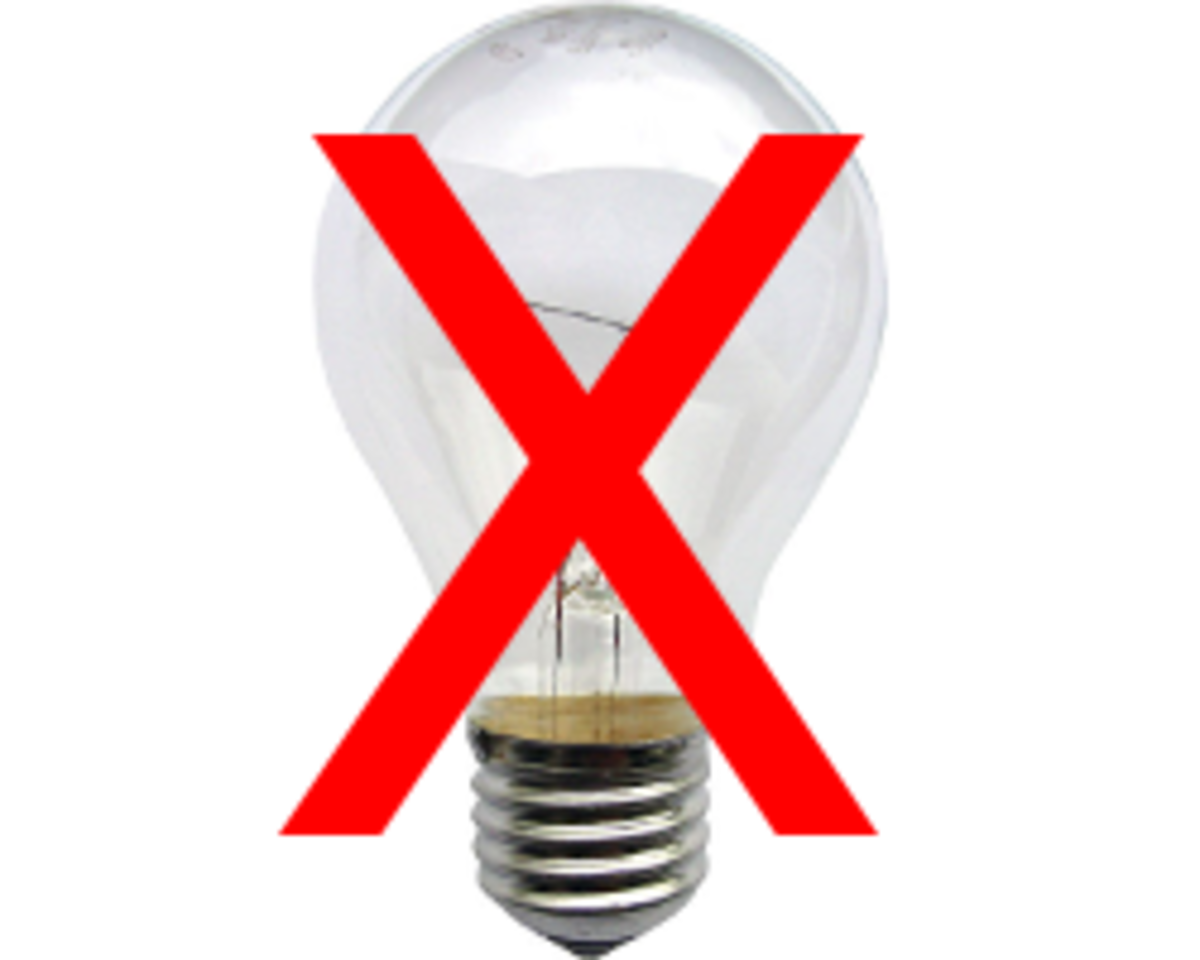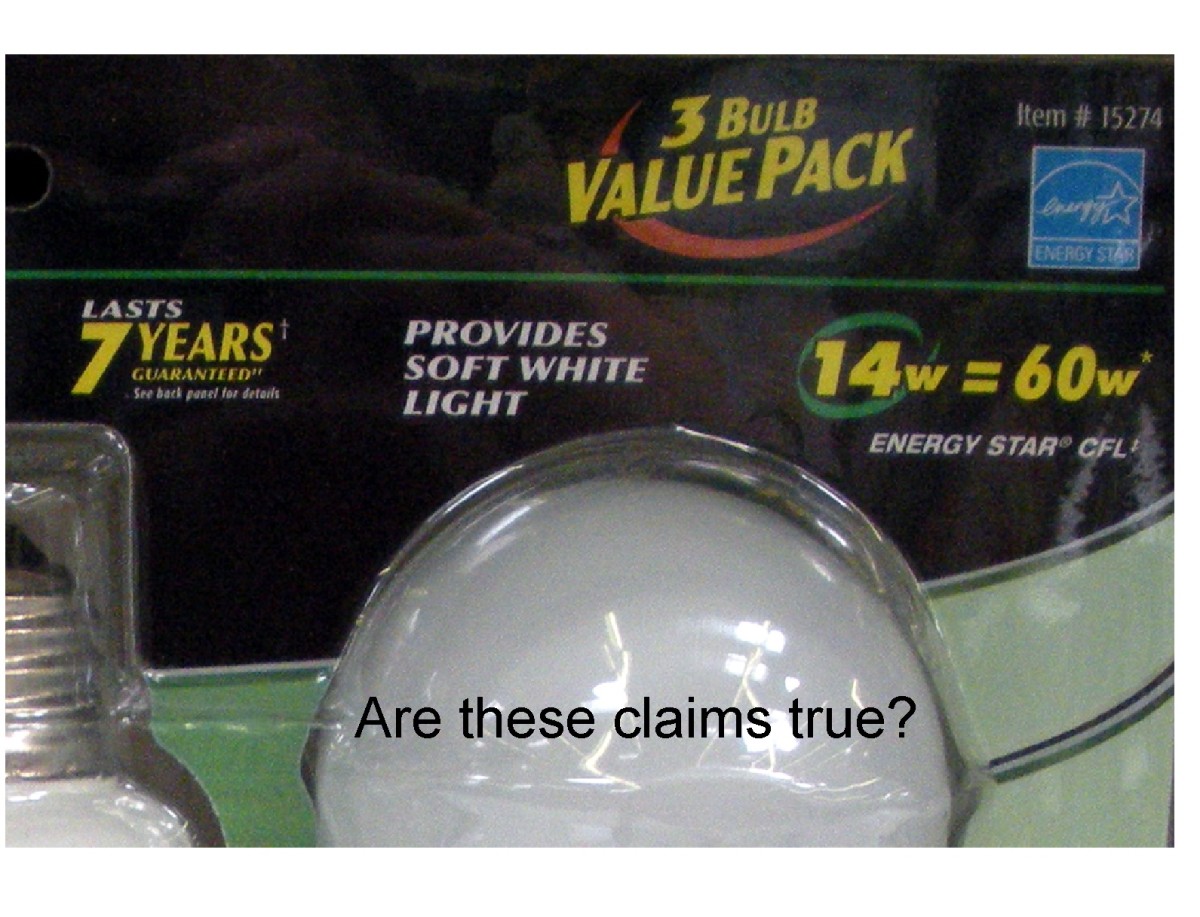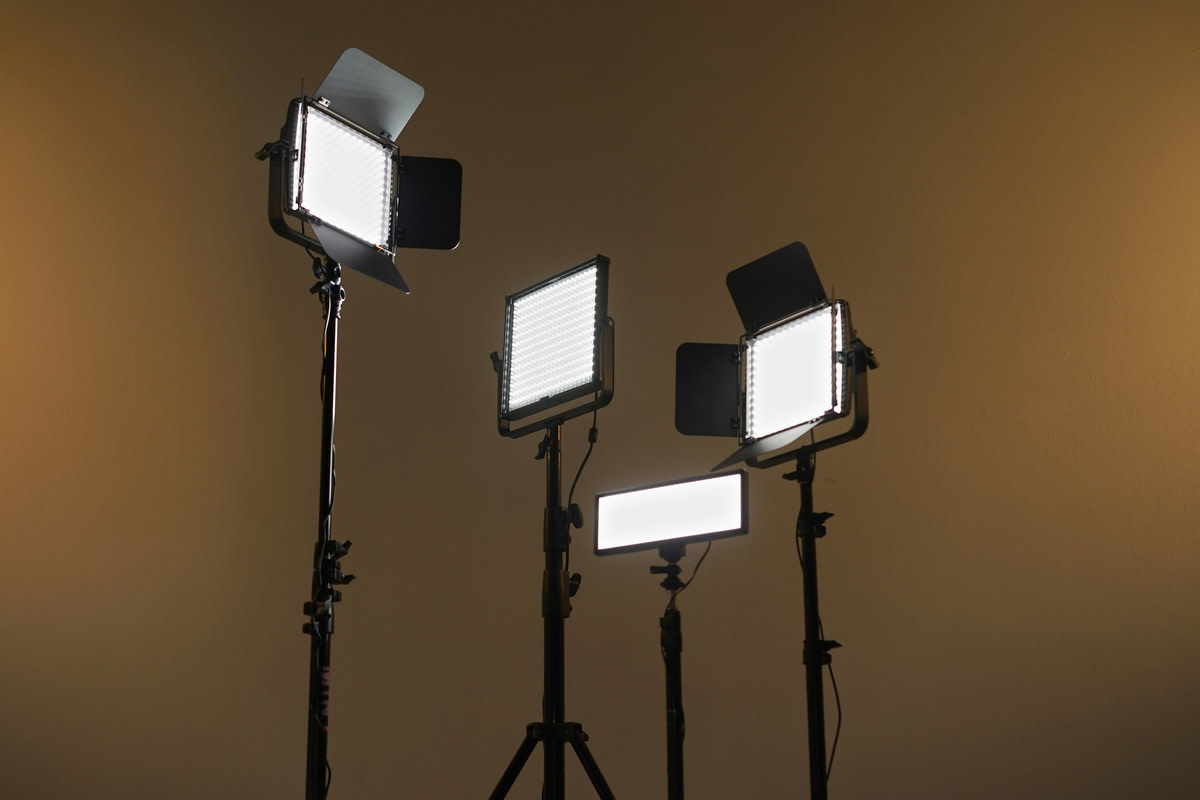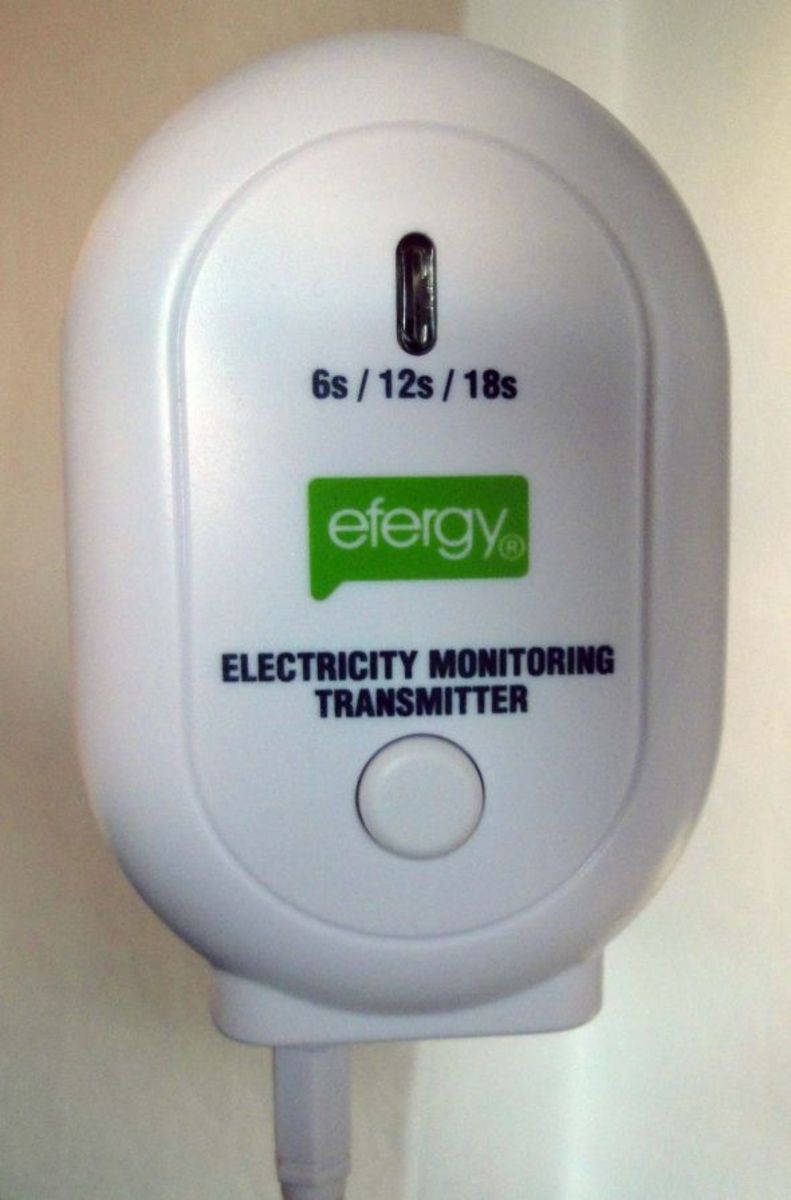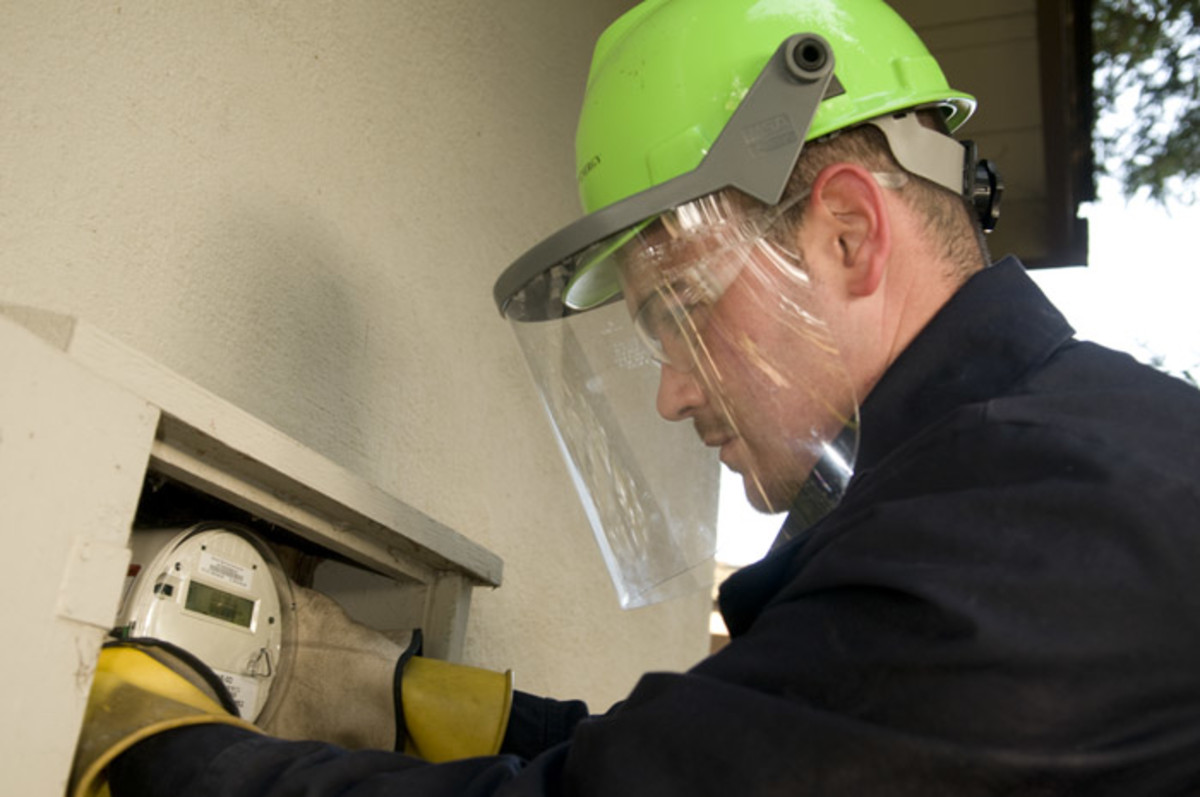Energy saving light bulbs guide
CFL - what is it?
At present, the energy saving is provided by two kinds of technologies (1) Compact Fluorescent lamps (CFL) (2) Light emitting diode (LED) light bulbs. However as CFLs are more common out of these two, they are generally referred as energy saving light bulbs.
Operation
CFLs are a type of fluorescent lamps, which are designed small. The compactness is achieved by removing the external electromagnetic blast and replacing it by an electronic circuit.
CFL operates similar to normal fluorescent lamp - the electricity excites mercury vapor inside the lamp, which produces ultraviolet radiation, which in turn hits the phosphor coating to generate visible light.
Fluorescent lamps are more efficient than incandescent lamps and CFL have achieved even higher efficiency because of the further advancement in technology such as replacing the magnetic blast with electronic one.
Benefits
CFLs are ten times more efficient than incandescent lamps. The normal life of incandescent lamp is around 1000 hours where as CFL's life is 10000 hours. So if a lamp is used for 6 hours every day, an incandescent lamp works for 6 months where as CFL works for 5 years.
The big advantage of using CFL is their energy efficiency. CFLs produce much higher light output compared to incandecent lamps. A 23 watt CFL gives the same light output equivalent to 100 watt incandescent lamp.
CFLs also help in reducing greenhouse gas emissions that cause global climate change.
Selecting CFL
The general guide for selecting Compact Florescent Lamps is:
Bed room, 11 watts CFL, (equivalent to 40 watts incandescent)
Living Room 15 watts CFL (equivalent to 60 watts incandescent lamp)
Kitchen 20 Watts CFL (equivalent to 80 watts incandescent lamp)
Decorative 23 watts CFL (equivalent to 100 incandescent lamp)
Kelvin scale represents the temperature range of the bulb and it is represented such as 6000K (means 6000 degrees Kelvin). This figure as applicable to a particular bulb is also included as part of the specifications on the packaging of CFL bulbs.
Around 3000K - light closer to standard incandescent lamps
3500-4000K - White light
6000K - Cool day light
Present CFLs fit into normal incandescent holders and so do not require any additional change in electric fittings.
Where available, look for Energy Star rating on the package at the time of purchase. Energy Star rating is given by government agencies to indicate higher savings of energy. Further more, energy star qualified CFL bulbs might provide a warranty period (around 2 years). Check up the package for details and if there is warranty, keep the receipts safe during that period.
Precautions
CFLs contain a small amount of mercury (around 1-4 mg per bulb). This is not harmful when the bulb is not broken or in use. Handle the bulb carefully, hold the base and not the glass portion of the lamp while fixing. Recycle the burnt bulbs. If the bulb is broken, handle the pieces carefully, collect them in a bag and send for recycling.
CFLs emit small ultra violet radiation and is in safe limits. However some people who already suffer rare skin conditions that make them highly sensitive to light may experience aggravation of their symptoms.
The initial cost of CFL is much higher than a normal lamp, however because of the long life, efficiency, eco-friendliness and other benefits, CFLs are becoming more common these days.
LED Light bulbs
LED light bulbs are made of light emitting diodes (LED). LED light bulb technology is still at an early stage and gradually picking up. At present, the light output from clustered LED is not very high and the manufacturing cost also is quite high. So LED light bulbs are right now used only for lesser lighting requirements like in torch lights, night lamps, decorations etc.
However the benefits of LED lights outshine even CFLs. LED light bulbs have a working life of 40000 hours (compared to CFL 10000), LEDs don't require a filament, do not contain mercury and require very less wattage - 2-10 watts compared to 11-25 watts for CFL.
LED light bulbs are the future of home lighting and we will have to wait for some more time for their more common practical application and probably LEDs will replace CFLs in the coming years just as CFLs are now replacing incandescent lamps.
Further down the lane of future...
Research is being one to Organic light emitting diodes (OLEDs) for home lighting.
OLEDs use an organic film in between anode and cathode and form a thinner surface. They are already in use for television screens, computer monitors and mobile displays. However the present technology does not allow higher light output and can not be effectively used for home lighting. Their usage is already experimented and demonstrated in illuminated wall papers but it will take some time before this technology develops. When that happens, we can have our homes without electrical fittings, the walls and windows glow by themselves with a small input of energy.
Related pages
- Low energy lighting using OLEDs
OLED is organic light emitting diode. After CFL and LED, this is the upcoming technology. OLEDs light emitting diodes in which the light emitting component is rolled as a film of organic material between...


